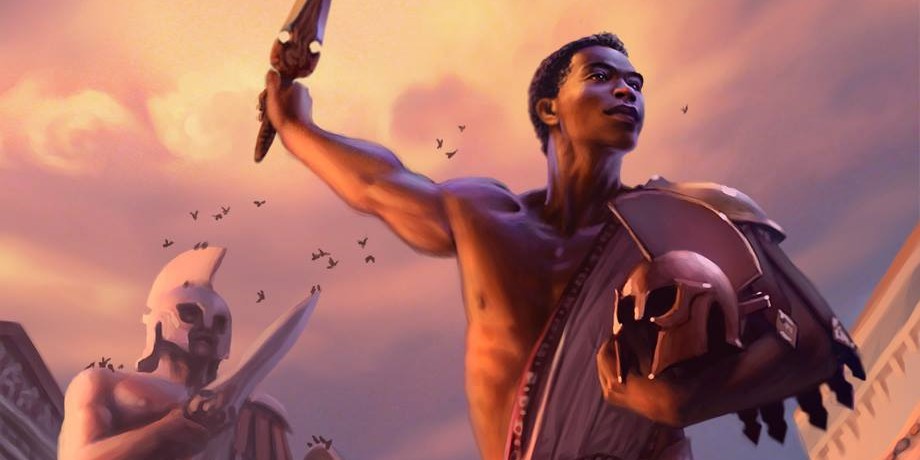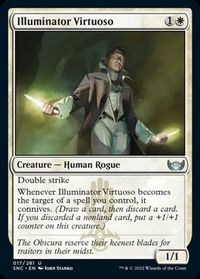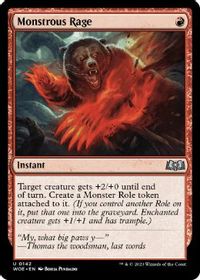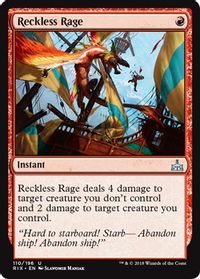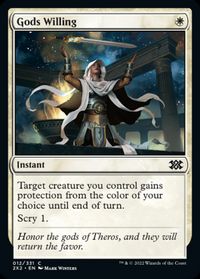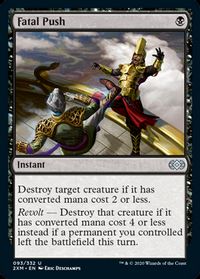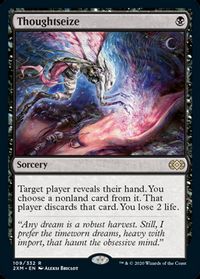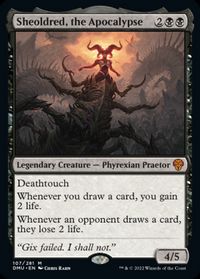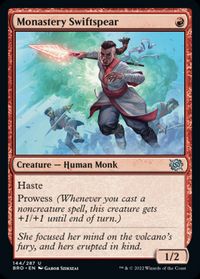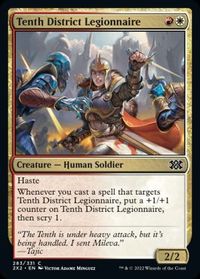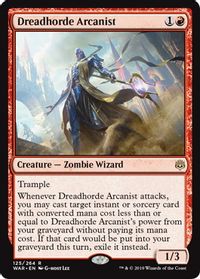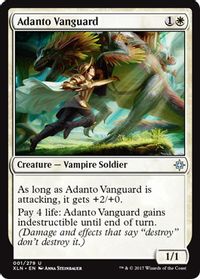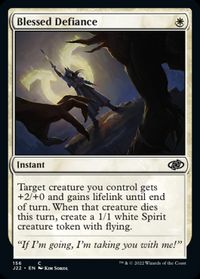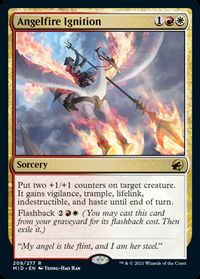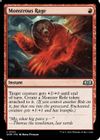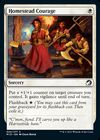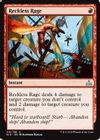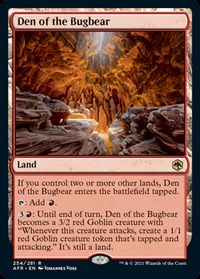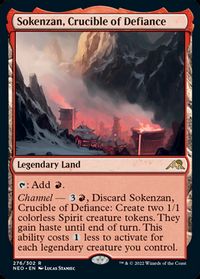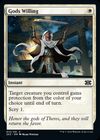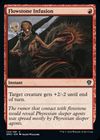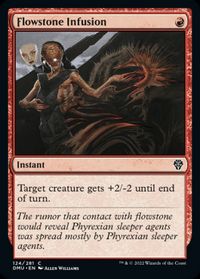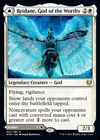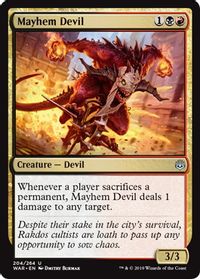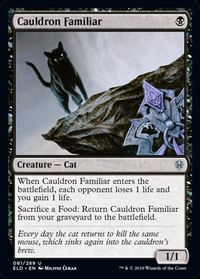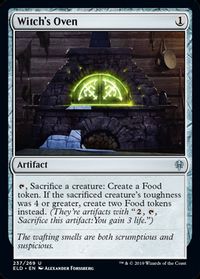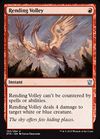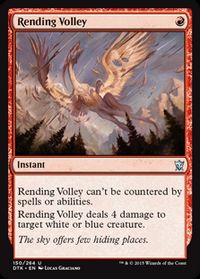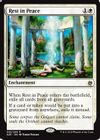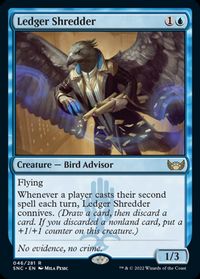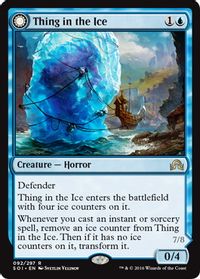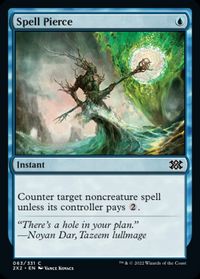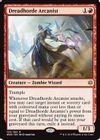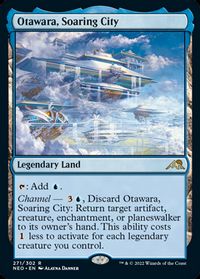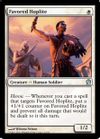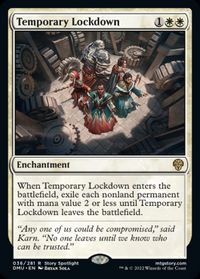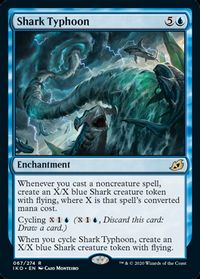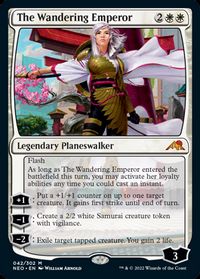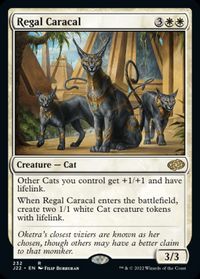Introduction
I’m back on the Pro Tour! Thanks to my top 16 result in Lille, I requalified and now I’m going to be able to compete again at the highest stage in February in Chicago.
My deck of choice for the Regional Championship was my trusted UR Phoenix – a deck I enjoy and have plenty of experience with, and which managed to qualify me for the PT once already a year ago at the Regional Championship in Sofia. I even produced a deck guide for Phoenix in a video form before leaving for Lille.
Today, I want to talk about a deck I hadn’t chosen for the Regional Championship – Boros Heroic. Boros was my second choice for the tournament, and I wrestled with my deck choice until the very last few days. Even if Phoenix, as a deck with a more balanced matchup spread, won out for me in the end, Heroic put up some very impressive win rates in Lille.
What is Boros Heroic?
Heroic is a very swingy deck in its matchup structure. Its good matchups are the low-interaction opponents that let you goldfish. 《Illuminator Virtuoso》 is the strongest tool for Heroic and excels here. It doesn’t take much for 《Illuminator Virtuoso》 to deal obscene amounts of damage – a double 《Monstrous Rage》 can easily let you deal the full 20 on turn three! Decks like Mono-Green Devotion or Lotus Field don’t interact well enough and mostly get run over by Heroic.
Other Heroic creatures don’t quite it with the same strength as 《Illuminator Virtuoso》 does, but 《Favored Hoplite》 or 《Tenth District Legionnaire》 don’t take long to take over the game either. Heroic isn’t dead in the water if the opponent dares to interact either!
《Reckless Rage》 is excellent at disrupting your opponent a little bit without slowing yourself at all. 《Monstrous Rage》 is an incredibly important addition from Wilds of Eldraine – granting your big creature Trample that persists through multiple turns makes blockers not an issue, and the sheer amount of damage it provides sped Heroic up considerably.
《Favored Hoplite》‘s triggered ability can be a nightmare for decks with damage-based removal. 《Gods Willing》 makes it easy to play through minimal interaction, especially when it’s more expensive or clunky.
On the flip side, there are black midrange matchups – and those are simply not good. 《Fatal Push》 is very hard to consistently protect from, and 《Thoughtseize》 is great at punching holes by tackling protection spells or leaving you with useless tricks as all of your threats are getting taken care of. 《Reckless Rage》 and cantripping tricks match up badly against 《Sheoldred, the Apocalypse》, too.
Clearly, if you are willing to pick up Heroic for a tournament, you have to accept a slightly higher-than-usual level of matchup variance. If you aren’t afraid to do that, you might be rewarded handsomely.
Decklist
Most Heroic decklists play 11-12 true Heroic creatures – that is, creatures that explicitly trigger upon being targeted – coupled with a playset of 《Monastery Swiftspear》 and a few two-drops. There are times when 《Monastery Swiftspear》 feels out of place, and it’s rarely getting across the finish line as your singular threat, so keep that in mind. 《Monastery Swiftspear》‘s role is to amplify your clock and let your tricks scale a little bit when flooded with creatures.
《Dreadhorde Arcanist》 is the most popular two-drop creature, but it’s a little bit of an odd case. When goldfishing, on its own, Arcanist can hardly be considered a threat, as its damage output is going to be very low. On the other hand, it can contribute towards your clock if it’s your second creature by aiming the flashed-back spells on your main threat.
Against interactive decks, simply drawing an extra card each turn with 《Dreadhorde Arcanist》 is good enough, so it still requires removal from your opponent. It contributes towards your goals in a given matchup, which is important, but I want to avoid drawing a pair of Arcanists, as then it’s easy to run out of spells in our graveyard.
In the past, 《Adanto Vanguard》 has been used as a hard-to-kill creature against 《Fatal Push》 decks. I don’t recommend it right now, as Heroic has no way to recoup lost life, and with 《Sheoldred, the Apocalypse》‘s life total pressure, it’s just not feasible to activate 《Adanto Vanguard》.
If there’s ever a strong Lifelink trick Heroic can pick up, Vanguard could be an interesting option. I tried 《Blessed Defiance》 and 《Angelfire Ignition》 as somewhat playable sources of lifegain, but neither of those cards impressed me in practice. I’d just stay away for now.
Sideboard Guide
Rakdos Midrange

vs. Rakdos Midrange
Combat tricks that only add stats tend to be not so good against 《Fatal Push》 – you should trim them. I like to trim down on 《Illuminator Virtuoso》 to limit my exposure to 《Bonecrusher Giant》.
《Showdown of the Skalds》 is the strongest tool to fight black midrange. It’s enough card advantage to wrestle with their interaction, and chaining Showdowns will outpower your opponent easily if that ever happens. Unfortunately, you might struggle to consistently get to 4 mana. You should keep land-heavier hands in post-board games.
《Showdown of the Skalds》 is the reason I prefer 《Sokenzan, Crucible of Defiance》 as utility lands to 《Den of the Bugbear》, to topdeck that untapped fourth mana source on time. Showdown is one of the few Heroic sideboard cards I have confidence in that I know for sure I want to run.
《Destroy Evil》 is an ugly way to deal with 《Sheoldred, the Apocalypse》. If Lifelink was easy to access, I think you could consider trying to overpower Sheoldred, but that is not the case.
Mono Green Devotion

vs. Mono Green Devotion
Mono-Green is probably Heroic’s single-best matchup. No removal means you get to trim 《Gods Willing》. Even if 《Gods Willing》 can be useful as a way to get through blockers, you never want to draw a pair of them and 《Monstrous Rage》 means even their big blockers are rarely an issue.
《Flowstone Infusion》 helps make sure that a turn-one Elf doesn’t run away with the game, especially when Heroic is on the draw.
Rakdos Sacrifice

vs. Rakdos Sacrifice
Rakdos Sacrifice is approached similarly to Rakdos Midrange, with a few exceptions. 《Illuminator Virtuoso》 suffers even more, as 《Mayhem Devil》 makes it impossible to develop one and it’s hard to use 《Reckless Rage》 with Virtuoso. 《Monstrous Rage》 is more important and required to get through the otherwise tough 《Cauldron Familiar》/《Witch’s Oven》.
Mono White Humans

vs. Mono White Humans
It might seem odd to board in 《Showdown of the Skalds》 against an aggro deck, but both players have so much more removal post-board and games just don’t finish quickly. Having some powerful topdecks will help in those situations. Trying to go fast and protect creatures with 《Gods Willing》 doesn’t work particularly well against 《Thalia, Guardian of Thraben》 either.
Spirits

vs. Spirits
《Rending Volley》 is good enough to replace some of the weakest tricks, but you don’t need to sideboard too much here. Their creatures are smaller and slower than those out of Mono-White, and you can’t block them either, so naturally the game will turn into a race.
Izzet Phoenix

vs. Izzet Phoenix
《Reckless Rage》 is pretty hard to use conveniently against 《Ledger Shredder》, but I’d probably try to keep all four if my opponent chose to run 《Thing in the Ice》 as their two-drop.
A few 《Showdown of the Skalds》 will help to beat removal-heavy hands, but they can be susceptible to 《Spell Pierce》 and Phoenix can clock you faster than black decks do.
Since we are boarding 《Rest in Peace》, 《Dreadhorde Arcanist》 is a possible cut to avoid anti-synergies, but I liked Arcanist to pressure removal in non-《Rest in Peace》 games.
《Favored Hoplite》 is excellent against all their red removal, so it might be worth slow-rolling Hoplite until you have an instant up.
Lotus Field

vs. Lotus Field
《Reckless Rage》 answers 《Arboreal Grazer》 or post-board mana dorks. Besides that, the goal is just to go as fast as possible. 《Flowstone Infusion》 still gets to nab mana dorks, but mostly serves as an extra combat trick. You’ll face sweepers, such as 《Temporary Lockdown》, so save haste creatures if you can.
Remember that 《Gods Willing》 can’t protect from 《Otawara, Soaring City》, since the ability has no color.
Azorius Control

vs. Azorius Control
Try to save your haste creatures to cast them right after sweepers.
《Destroy Evil》 can deal with 《Temporary Lockdown》, sideboard creatures Azorius might bring in, and big 《Shark Typhoon》 tokens. 《Homestead Courage》 gives you some counterplay to 《The Wandering Emperor》.
There’s not much reason to want 《Reckless Rage》 – maybe besides the occasional 《Regal Caracal》.
Until next time!
Piotr Glogowski (X / Twitch / Youtube)


